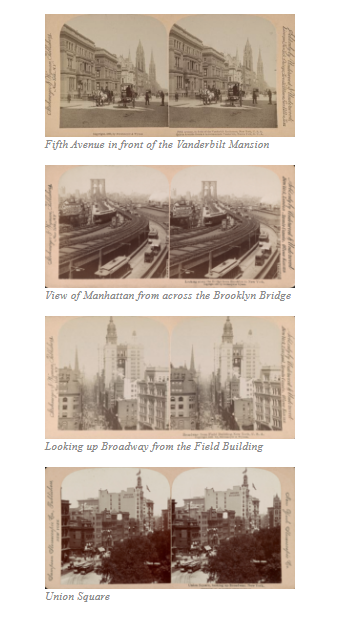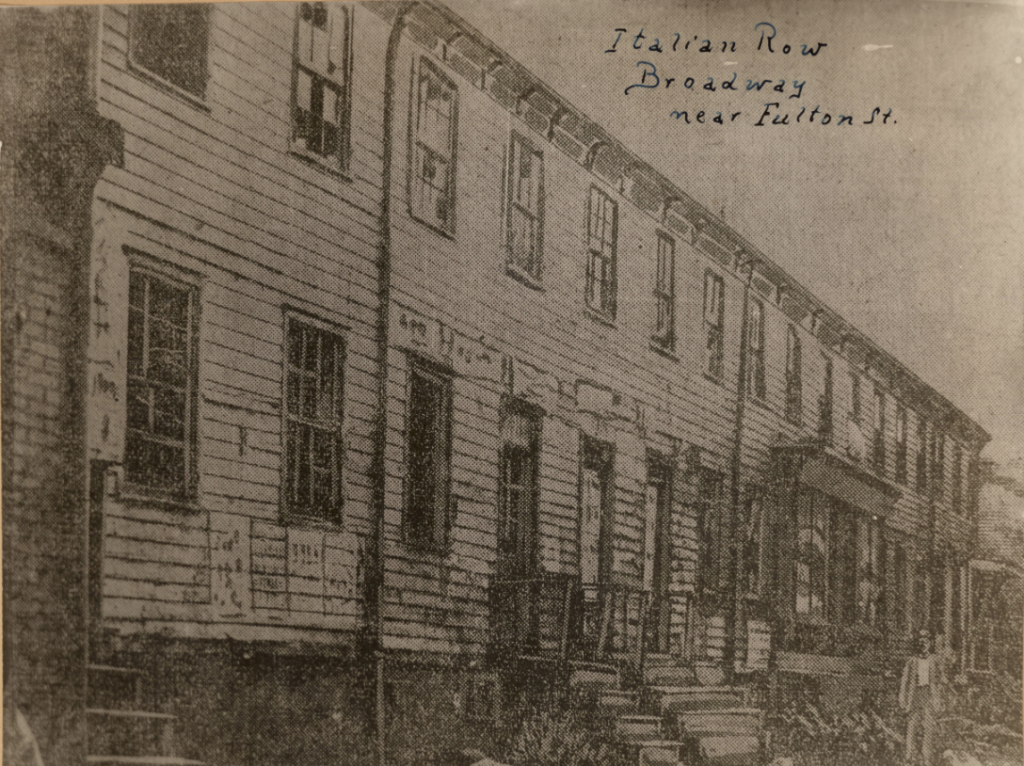The First Difficult Months in New York
Less than two weeks after Mother Cabrini landed in the U.S. she wrote to the Sisters in Italy asking them for fabric for habits and veils. They needed an extra set. She’d quickly learned that the Sisters had to always look neat and tidy, “… or they will call us ‘guinea pigs’ the way they do the Italians here.”
Mother Cabrini Opens a School
It didn’t take long before Mother Cabrini and the Sisters had begun a school that enrolled more than 200 children. They lacked a proper building, so classes were held in the balcony of a church. The students used the pews as desks. Since the doors below were open to the public, street noise and dust competed with the teachers for attention.
Mother Cabrini’s view was squarely set on doing what was possible for the children. Though she worked to change the circumstances for the better, she did not dedicate an ounce of energy on bemoaning the limitations.
Finding a House
A second problem the Sisters faced was suitable housing. The buildings in the immigrant district of Five Points were, in the words of one Sister, “obscenely unsanitary.” Many housed brothels. Others were fire traps. The alleyways sheltered criminals, swindlers, and street children.
After an exhaustive search, Mother Cabrini settled on a house on White Street as temporary quarters. Like the school, the circumstances were less than ideal. According to one account, “The windows could not be shut, the doors could not be locked, and worst of all, its filth had attracted countless insects of every imaginable species.” Mother Cabrini was not fond of insects. But the Sisters cleaned the place thoroughly and settled in. At night they ate cold food because the stove was broken and slept on wooden beds without mattresses.
Willing Helpers Bring Gifts
The grateful schoolchildren were eager to help the Sisters. They brought them the gifts they could scavenge: a scrap of wilted lettuce, two lemons, a handful of limp peacock feathers plucked from the trash.
After school was over the children played in the tiny yard on White Street for hours. It was safe there, a novelty. Afterwards, the Sisters brought the youth indoors to recite the rosary and the litany. Mother Cabrini spoke to each child personally, pouring out the one resource she had: love.
The Sacred Heart Nourishes the Sisters
How did the Sisters manage such grueling work without growing weary? The answer lies in Mother Cabrini’s understanding of why they were there.
Mother Cabrini was 100% clear she doing what Jesus asked of her. “Work untiringly and charitably in the vast field of the heart of Christ,” she wrote to the Sisters, “Do not disdain the rough manners of the peasants but look at their beautiful souls made to the image of Him.” Her heart and the hearts of the Sisters resembled Christ’s so much that they could see Jesus even in scabby orphans and hardened criminals. We can learn from this.
For Mother Cabrini, there was no effort too great to serve Jesus. Before setting sail for New York she wrote, “In the difficulty of the New York mission I will abandon myself totally to the most Sacred Heart of Jesus so that he will do everything for the greater good.” And abandon herself she did.
St. Frances Cabrini, pray that I may learn to abandon myself in the Heart of Jesus, trusting that through me he wishes to do everything for the greater good.
From a Letter of Mother Cabrini
“If I were to satisfy the needs of our Italian immigrants I should have to found at least ten houses in the little area of the city where we are. This new world is thickly populated — an anthill of people, few of whom have the true Faith. They seem to be in the dark, lacking the light of the truth… many are exceedingly good, but it is a goodness that they have naturally. If we could only get all these people to go to church! But we are only a tiny nucleus that dissolves in the infinity of all these people. Let us learn to say the right prayers. You must, above all, help the mission by becoming the visual examples of virtue.”
“The Lord himself goes before you and will be with you; he will never leave you nor forsake you. Do not be afraid; do not be discouraged.” Deuteronomy 31:8
The Richer Half of New York
Not all of New York City in 1889 was squalor and pain. At the same time the immigrants of the Lower East Side lived in extreme poverty, the Gilded Age mansions of upper 5th Avenue boasted indoor electricity and plumbing. The following stereoscope images are from the Library of Congress.
Thanks to St. Frances Cabrini Shrine New York for this article


